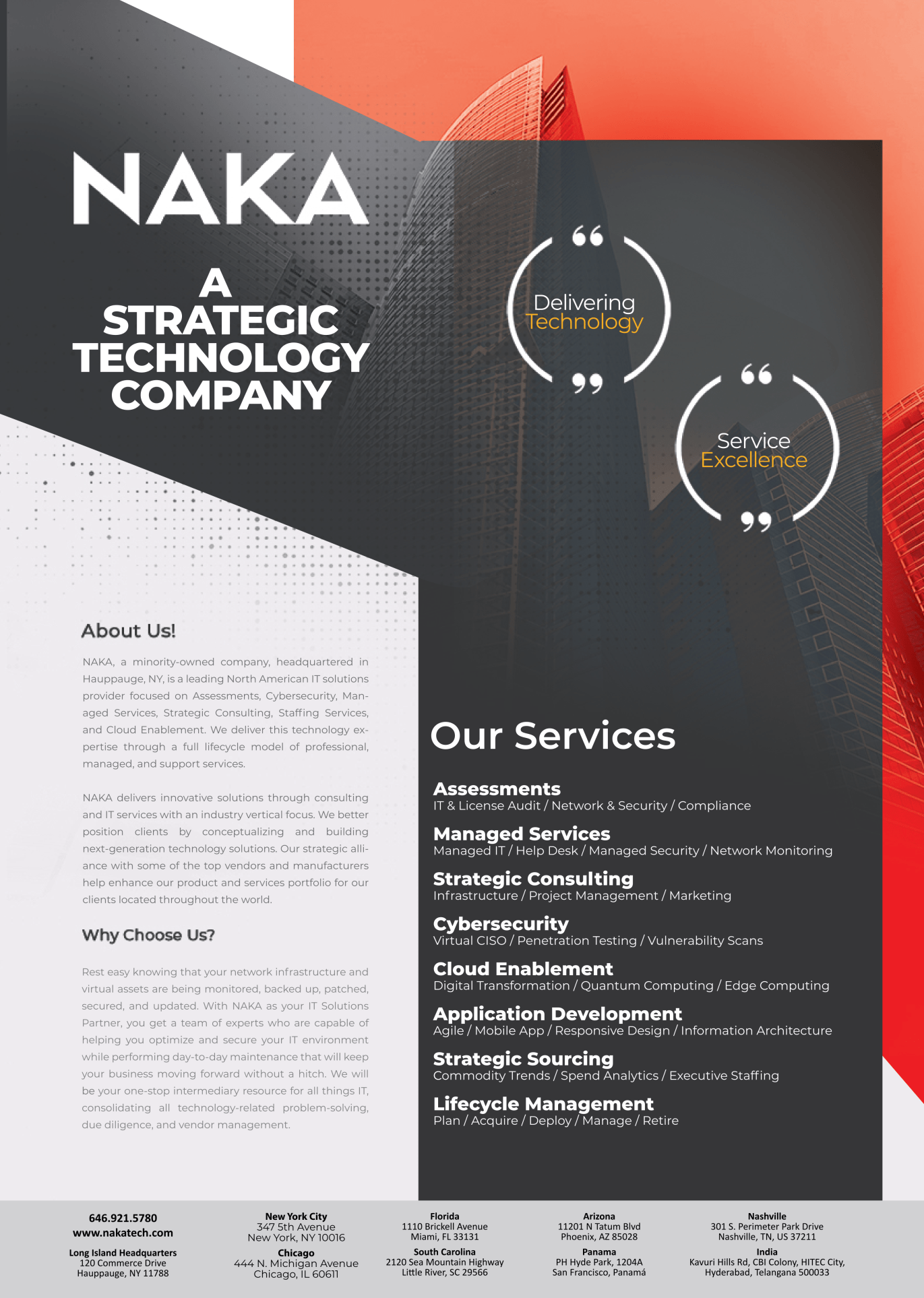Cloud Migration – Risks and How to Avoid Them

Cloud Migration – Risks and How to Avoid Them
Cloud computing has been s in the market for a few years now and has managed to create a lot of buzz. However, with the pandemic when companies started to work remotely, everyone shifted to the cloud to streamline their workflow.
The organizations that were not comfortable to completely shift to the cloud automatically switched to it in the remote working environments. However, companies were doubtful for a good reason – Cloud Migration.
There are several losses that companies relate with cloud migration that makes them not switch their complete infrastructure over the cloud. This includes security breaches, lack of visibility, added latency, and data loss.
However, companies need to embrace cloud migration that allows for reinvention and innovation. As a result, it helps in changing the business dynamic and gaining opportunities. It helps in reaching successful transformation, capturing value, accelerating innovation, and winning scaling.
Even after the pros, the risk of security can make companies uncomfortable switching to cloud migration. Hence, we busting a few risks in cloud migration and showing ways to avoid them.
So, buckle up and be ready to offer top security to your business.
What is Cloud Migration?
Cloud Migration is the process of migrating the information, elements, and applications to the cloud. This allows users to access the data directly from anywhere without setting up the data on a device or installing an application.
The organizations shift the data from local on-premises servers or legacy infrastructure to the cloud. As a result, the irrelevant details can be left behind, users can pick offline and online connectivity. It also offers adaptivity and flexibility depending on the complexity of the process.
Cloud is divided into three types:
- The public cloud is owned by third-party vendors and users pay for the services to store the data.
- Hybrid cloud is the one that connects private and public clouds ensuring effectiveness.
- The private cloud is owned by the users where they can customize it accordingly.
With the diverse role of cloud, it is used across domains such as insurance, banking, healthcare, IT, manufacturing, etc. the major advantages of using cloud migration are:
- Cloud migration requires a bit of effort and time but it is pocket friendly in the long run.
- Cloud environments offer better data security than the old infrastructure ensuring the security of the information.
- If used strategically, it can offer crucial updates, accelerate data processing, and store all the data resulting in a top user experience and better overall performance.
- It offers flexibility and scalability while protecting the users from getting additional servers.
- It is a dramatic update to the legacy infrastructure that accelerates the processing.
Cloud Migration Risks
Though the cloud is safe, it has a few risks involved with cloud migration. The best is that the risks can be resolved easily in the right way. Let us walk you through the cloud migration risks and how to avoid them.
1. Extra Latency
Commonly, this can happen while accessing services, apps, or databases in the cloud. The issues of a few minutes of delay can be a big concern for the work that requires instant responses.
The major reasons for having latency problems are the geographical distance between two devices and misconfigured Qualify of Services (QoS). This can be resolved with the help of localising or optimizing the network, building multi-cloud connectivity, diving traffic flow, and connecting business partners with ecosystems for any type of exchange.
2. Data loss
Losing data while transferring it over to the cloud is the biggest concern for organizations. It is essential to ensure that the data backup is done smoothly before the files are moved. However, the users might still end up losing a few files or corrupting data.
The users can backup the data on a server or on the cloud that can be resorted to in case of any loss. This can be utilized accordingly by the users and distribute the replica to other infrastructures.
3. Security complexities
Cloud migration risk includes the security complexity that can be a big issue. This results in legacy infrastructure and doubling the cost. There can be a few issues that might arise amid transferring data to the cloud that includes malware, accidental eros, cloud provider issues, insider threats, contractual violations, external attacks, etc.
Many organizations try to avoid such issues by fixing them in the initial stage and hiring experts that are proficient in cloud security skills. Companies can also protect their data from unauthorised access by hiring reliable providers like Azure and AWS. Hiring DevOps engineers is also another way to avoid such issues that know about configuring a firewall, establishing user access policies, etc.
4. No migration strategies
There are different advantages and disadvantages of cloud migration strategies. Hence, companies need to know which one to follow and what will be the right one. However, in choosing the providers, there can be a few issues if you are not aware of the strategies. This can turn out to be more complex and costlier than your expectations.
Hence, it is essential to form the right cloud migration strategies to avoid unnecessary delays. The users need to have rock-solid and proper migration strategies to save money and avoid system failure.
5. Cloud cost
If you are a newbie that is unaware of the pricing of cloud providers that it can be a loophole. The cloud cost can go wasted if you are not aware of the services for which you will be using them. The providers usually include the code of data transfer, computing, and storing along with instance types, storage services, and transfer choices. It can be difficult to know which one will best fit the expectations.
However, this can be avoided by optimizing the cost of the cloud by following a few practices. It includes erasing underused instances, use discounts, check hosting in different regions, spend on reserved instances, fix alerts, etc.
Food for thought
The motive of organizations is to incorporate the IT segments while ensuring cost optimization. Hence, one must take the advantage of cloud migration but work accordingly to manage the expenses and avoid the issues.
The users should be aware of the migration procedure that can save them from challenges, wasting time, and increasing risks. It requires the right resources and efforts that the users must consider.
The best thing is to hire someone that can manage everything for you to smoothen things out and avoid unnecessary cloud migration risks.



